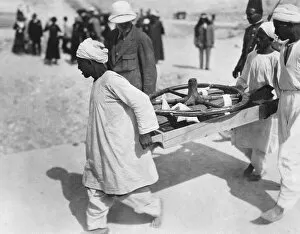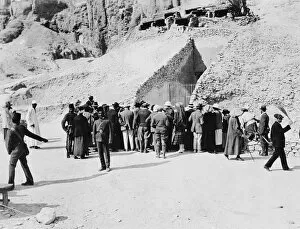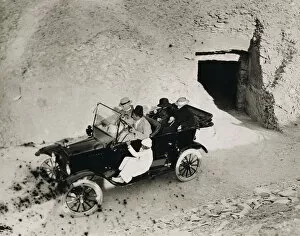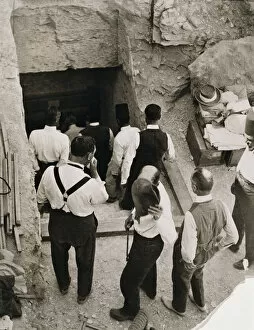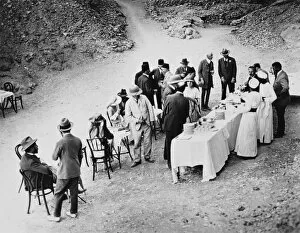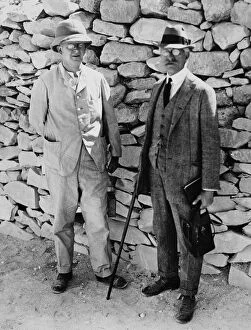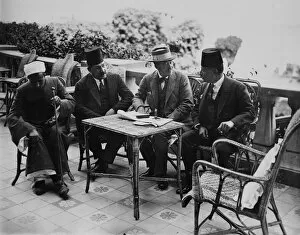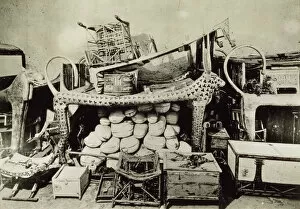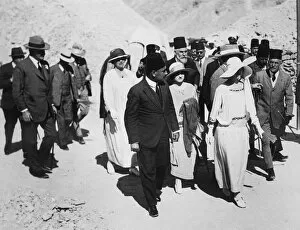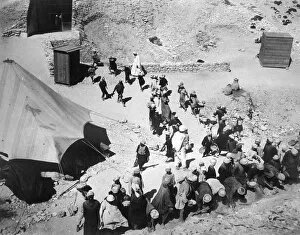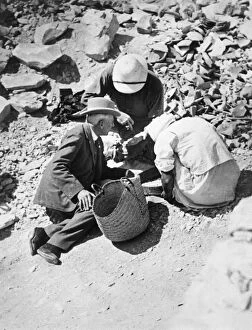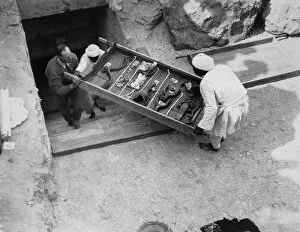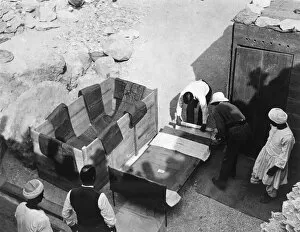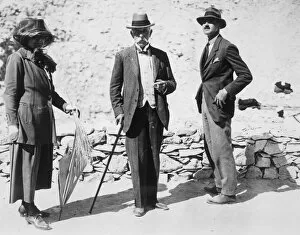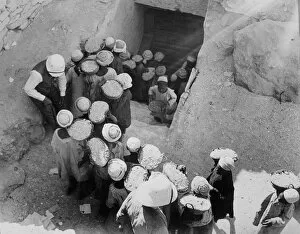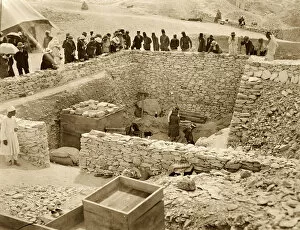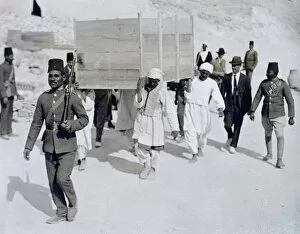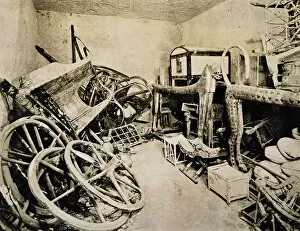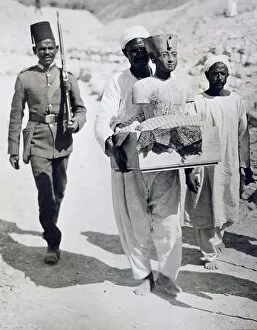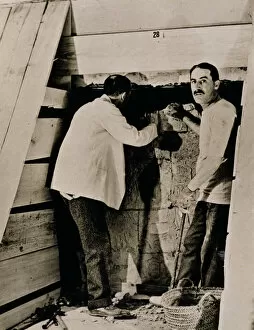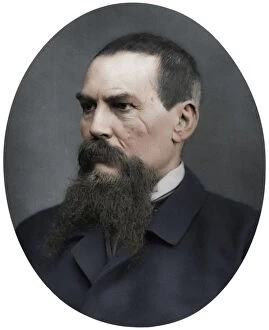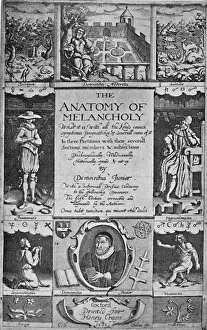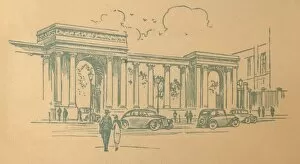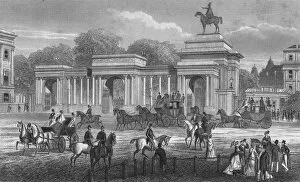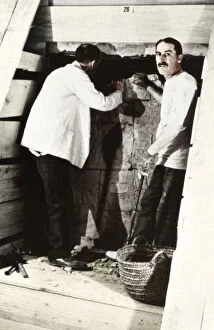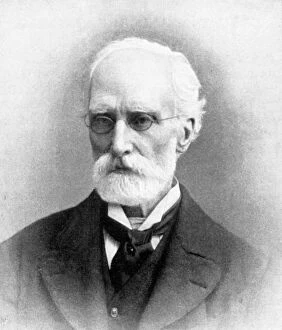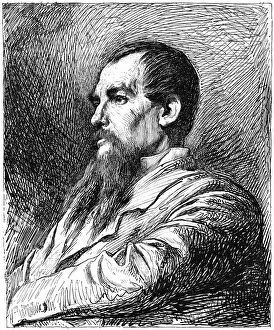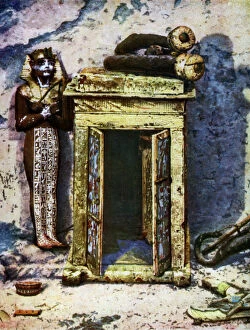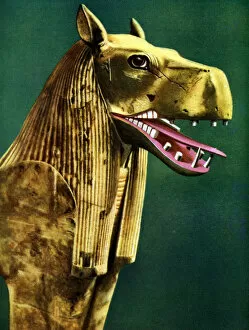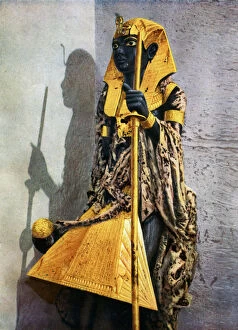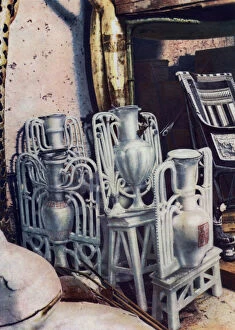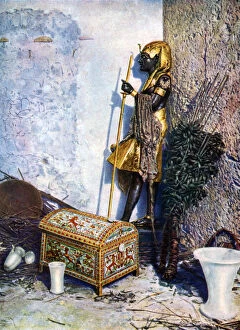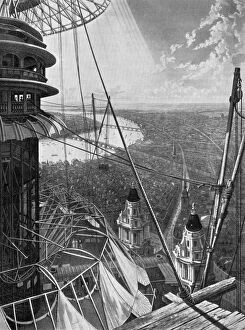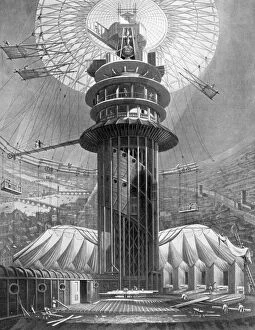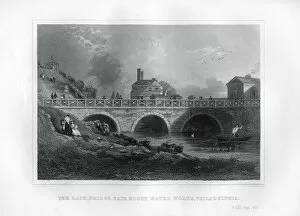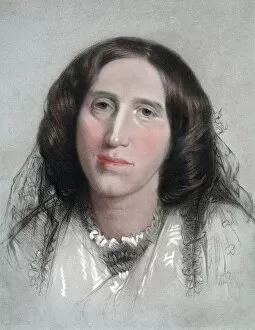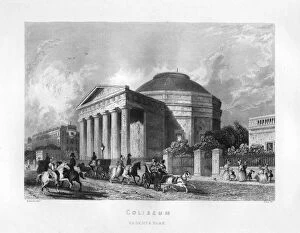Burton Collection (#5)
Burton, a name that echoes through history with various notable figures and places
For sale as Licensed Images
Choose your image, Select your licence and Download the media
Burton, a name that echoes through history with various notable figures and places. From the adventurous Sir Richard Francis Burton to the iconic Hollywood couple Elizabeth Taylor and Richard Burton, this name holds a rich tapestry of stories. Sir Richard Francis Burton (1821-1890) was an explorer, linguist, and writer who ventured into uncharted territories. His thirst for knowledge led him to discover hidden cultures and languages across Africa, Asia, and the Americas. A true pioneer in his field, he left an indelible mark on the world of exploration. Speaking of Burtons in showbiz, Elizabeth Taylor and Richard they were one of Hollywood's most captivating couples. Their fiery love affair captivated audiences both on-screen and off-screen. With their undeniable chemistry showcased in films like "Cleopatra" (1963), they became synonymous with passion and glamour. But let's not forget another talented Welsh actor named Richard Burton (1925-1984). Known for his powerful stage presence as well as memorable film roles such as "Who's Afraid of Virginia Woolf?" (1966), he left an enduring legacy in the entertainment industry. Beyond entertainment lies another facet associated with the name Burton - industry. The Bass Brewery Mash-tub stands tall as a symbol of brewing excellence in Burton-on-Trent. This town became renowned for its beer production thanks to hardworking Bass Brewery workers who dedicated themselves to crafting quality brews. In Doncaster, South Yorkshire stands Clock Corner where time seems to stand still amidst bustling streets. It serves as a reminder that even amidst progress and change brought by industries like mining or railways – which shaped Doncaster’s history – some things remain constant. Moving away from England but staying within its borders is Woodbury village near Exeter where we find yet another connection to our beloved name - Richard Burton/Leighton2 House. This historical building showcases architectural beauty while paying homage to those who left their mark on the area.

